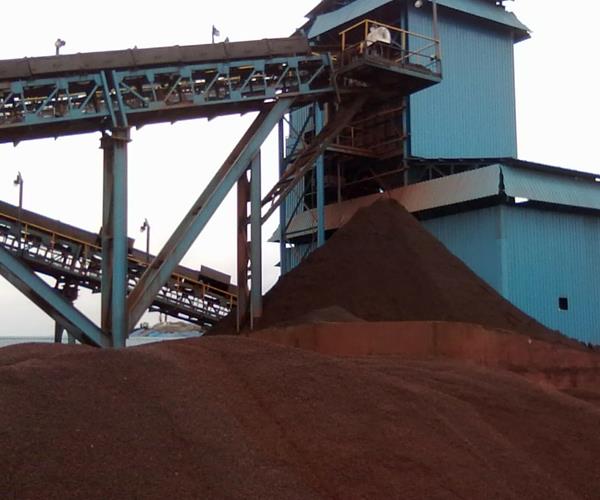Please fill in the short form below and we will get back to you shortly
Effective removal of fines and slimes increases kiln efficiency for Monnet Ispat & Energy and also produces a washed ore for export at a premium price.

The improvements made to their plant has allowed them to handle a wider variety of ore and separate the extreme fines as a separate product which they can now either export or sell in the domestic market at a premium.
MIEL currently sources raw iron ore from a variety of mines for its Raigarh plant, which as a feed material is very variable. The fines content in the ore was creating problems in the larger kilns and the installed system for recovering the fines as a feed for the smaller 100tpd kilns was not efficient. Iron-ore fines were decreasing kiln campaign life by forming accretion in the kiln as well as affecting fuel efficiency adversely.
The benefit that CDE Asia Projects brings to the table is the ability to cope with the varying nature of the feed while still delivering significant improvements in product quality by way of increase in the Fe value and close sizing devoid of deleterious fines.
The recently commissioned CDE Asia washing plant for MIEL has considerably improved their kiln performance. The CDE Asia washing plant has upgraded the feed by removing all low-grade fines & slimes, enabling Monnet Ispat to not only improve their kiln performance but also export the fines material at a premium price. The contract for the iron ore washing plant for Monnet Ispat & Energy Ltd. in Raigarh was given to CDE Asia after a comprehensive testing process highlighted the kind of quality improvements that washing would bring to the raw material.
“We were able to demonstrate to Monnet Ispat & Energy that they would enjoy considerable benefits from the installation of our washing plant” says Dr. A. Bandyopadhyay, President – Technology of CDE Asia. “Not only does this system offer significant improvements in the quality of the material processed but there are also numerous other advantages – ability to handle variation in ore quality, segregation of feed material for different kilns and of course reduction of contaminants.”